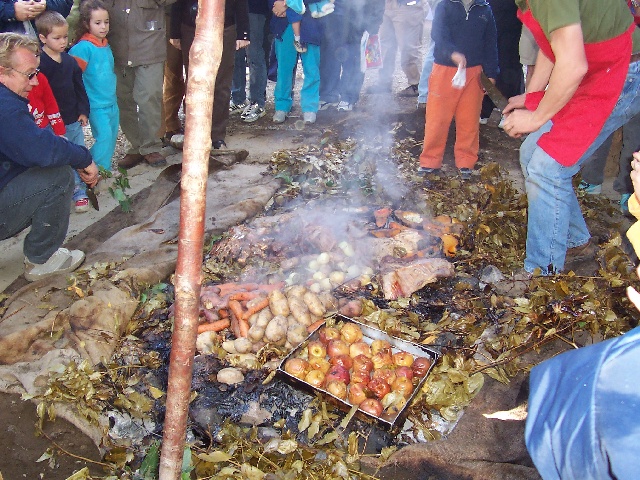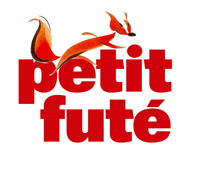Swiss and German influence
In Bariloche you can see the strong influence of the early German and Swiss settlers in the local cuisine. Bariloche offers a large selection of restaurants, where you can taste regional dishes such as Patagonian lamb, wild deer and alpine traditional cuisine such as goulash or fondue .
There are a number of very popular boutique breweries where you can try a large variety of hand crafted beer. The beer is often accompanied with the typical Argentine picadas consisting of chopped pieces of smoked meats, cheeses and other ingredients that are a special delight for the palate.
Tea houses
‘The tea houses’ are another icon of the city. They offer delicious cakes, hot chocolate, homemade breads and sweets that are part of the ‘snack’ tradition in Bariloche. The tea houses often have spectacular mountain and lake views which create an unforgettable ambience.
Fish and meat
Mouth watering salmon and trout, plentiful in the Patagonian lakes and rivers, are eaten fresh as well as smoked and accompanied by a range of different sauces.
For the connoisseurs of meat, Patagonian lamb is a national delicacy. Lamb, wild pig and alpine venison are all very popular and highly appealing local dishes.
Other typical Patagonian dishes include smoked meats like deer, wild pig, salmon and trout. Of course you will find a large variety of classic dishes like parilla grilled meat, homemade pizza and Italian style pasta dishes that are found throughout Argentina.
Fruits and … chocolates
The area produces a large varieties of different berries fruit that enable the production of liqueurs, jams and regional sweets. Local made fresh berry ice creams is always a popular treat.
Chocolate is a Bariloche classic.
The city has a large variety of chocolates with over 10 large boutique chocolate fabricators to choose from.
Curanto
This native Mapuche Indian dish deserves a special paragraph.
Native Indian tribes like the Mapuches and the Araucanos have had a profound influence on the Patagonian region. The curanto (a term standing for hot stone ) is a typical dish that has its origins from these native Indian tribes.
The cooking process starts by digging a pit in the ground. River stones are then placed on top of a roaring fire. Once the stones are heated, they are then removed from the fire and placed in the pit. A bed of leaves is arranged on top of the stones. A selection of meats and vegetables are then stacked on top of the leaves.
The food that goes into the curanto typically includes beef, lamb, pork, chicken, chorizos (pork sausages), potatoes, sweet potatoes, apples and hollowed out pumpkins stuffed with cheese, cream and peas. The food is then covered with leaves and damp sheets to keep the heat from escaping. The final step is to cover the damp sheets with soil. This results in turning the whole cooking process into something that resembles a pressure cooker.
After a couple of hours, smoke and steam start billowing out of the ground. The end result is a delicious meal with its own uniqueness which includes a hint of smoke and a slight earthy flavor. You can experience the curanto every weekend at Colonia Suiza for an unforgettable not to be missed lunch.










